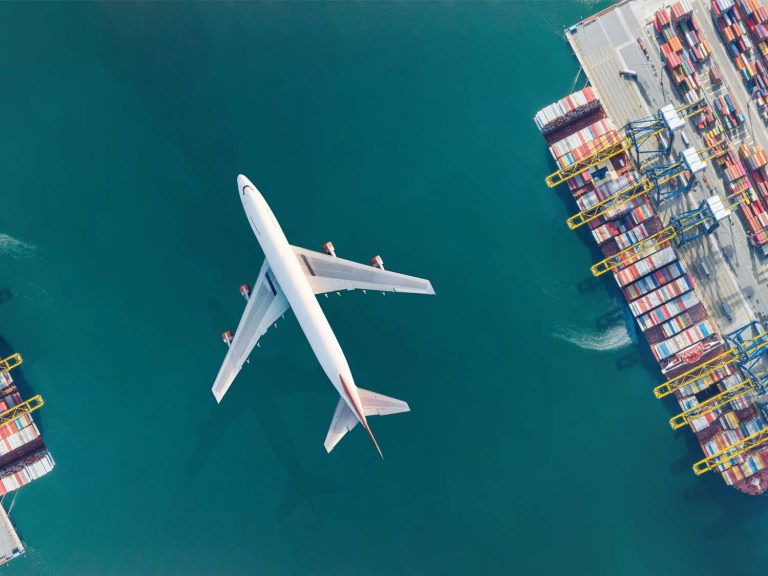
Date:
Air freight’s promising 2024 start continues
The global air freight market’s positive start continued last month with significant growth in demand and a corresponding rise in global spot rates, especially from the Indian Subcontinent, which is out of step with traditional market trends.
Traditionally, air cargo demand and spot rates tend to decline following the year-end peak season in the previous year, and in the period immediately after the Lunar New Year.
It’s been a surprising start to the year from a volume perspective, with demand much higher than it was a year ago and not something the market would usually expect.
Clearly the Red Sea disruption is a driving factor, but it is not the only one, with clear signs that consumers are still spending.
With a lot of spend on cross-border eCommerce platforms, it is boosting airfreight demand, particularly from Guangzhou and Hong Kong, and for some carriers eCommerce cargoes now contribute over 50% of their revenue from East Asia.
The growth in demand was so profound and unexpected that some ground handlers at key transhipment hubs imposed short-term embargoes on traffic ex Asia to help clear backlogs caused by the sudden surge in air cargo volumes outpacing the availability of cargo supply.
February’s global volume growth was consistent with January’s increase, in what is traditionally a slower time of year for airfreight volumes. We now wait to see what impact airline summer schedules will have as well as what happens next in the Red Sea.
We would normally expect to see downward pressure on rates as summer belly-hold capacity returns in the western hemisphere, although lesser so in China, where the travel market is still in recovery mode.
Continuation of the Red Sea crisis is extending transit times and driving down schedule reliability for Asia to Europe trades below 35%, which will continue to encourage the diversion of urgent cargoes to air freight and sea/air services.
The South Asia to Europe market led month-over-month growth, with demand on this trade rising by 18% and the average spot rate from South Asia to Europe increasing accordingly.
India, Bangladesh, and Sri Lanka also experienced significant increases in their general cargo spot rates, driven by strong demand for apparel products from these markets.
With spring in Europe, fashion retailers need seasonal products in-store for the peak sales period and with the subsequent mark down in product cost likely to be greater than the cost of switching from sea to airfreight, the demand is unsurprising.
For urgent, valuable and sensitive shipments we have a range of air freight and sea/air solutions, with block space agreements (BSA) and capacity purchase agreements (CPA) that protect space and capacity on the busiest routes.
Regardless of your cargo type, size and requirements, we have extremely competitive rate and service combinations, to meet every deadline and budget.
EMAIL Elliot Carlile, Operations Director, for insights, prices and advice.
